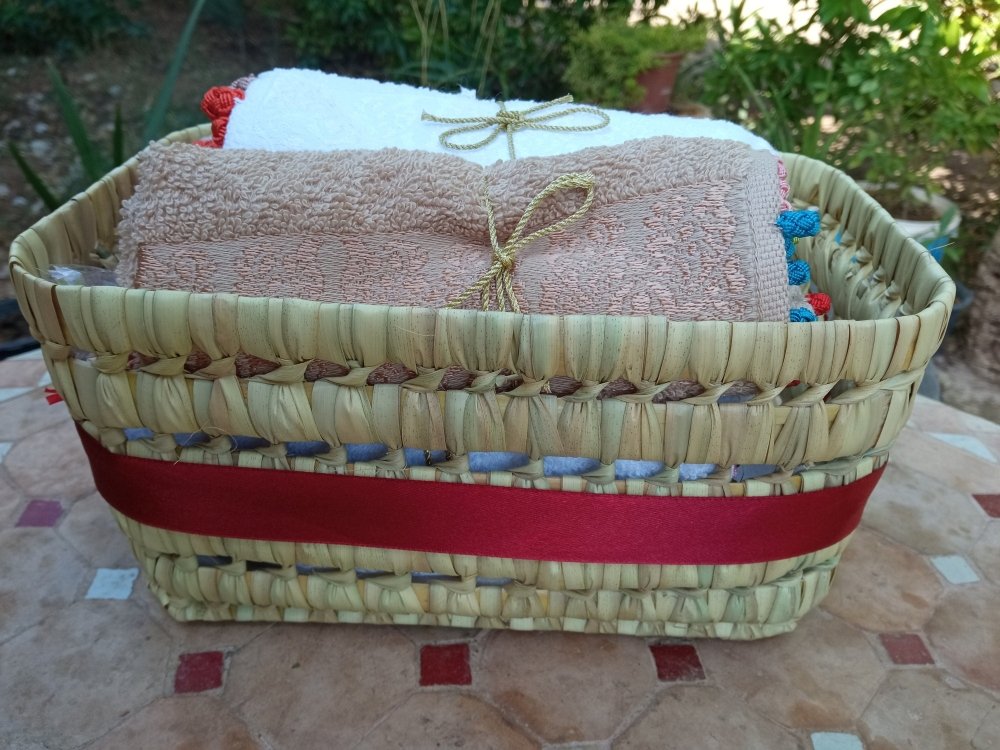
What is Basketry? Unveiling the Secrets of This Ancient Moroccan Craft
# The Art of basket weaving: A Journey Through Time and Culture

Basketry, much like pottery, is one of the oldest crafts in human history, serving as a solution to fundamental needs using easily accessible materials. This ancient art form has played a significant role in human civilization, enabling people to feed themselves, transport objects, and achieve minimal living comfort. Let's explore the fascinating world of basketry, its evolution, and the various techniques and productions associated with it.
The Roots of Basketry

Basketry is one of humanity's oldest activities, stemming from the need for practical solutions to everyday problems.
The term "basket maker" originates from the word "van," referring to the sieve used to separate grains from straw and waste.
Initially, basketry was an activity primarily reserved for women, but it gradually became a profession composed of basket weavers, sieve makers, and carpenters.
Traditional Techniques and Objects

The essential activity of traditional basket weavers revolves around the creation of reed baskets. These range from small, everyday household items to large, bottomless containers used for storing wheat or grain.
Basket weavers also crafted cages for chickens and various birds, and charming miniature baskets for children during holidays.
In addition to baskets, basketry includes the creation of immense rush mats that adorn the floors of mosques.

These mats, often made from braided vegetable cords, showcase intricate patterns and craftsmanship. Other traditional items include large trays with raised edges (Tbaq), cup-shaped containers with high lids for keeping dishes warm, and round wooden tables covered in woven palm leaves (Mida).
Regional Specialties
Different regions have their specialties when it comes to basketry. For example, the Khemisset region is known for its high-quality mats sold at weekly markets. These mats feature vibrant geometric patterns in colored silk and are adorned with small pompoms.
Rural tribes like the Zemmour are renowned for their comfortable, carpet-like mats.

In contrast, urban artisans often specialize in making large rush mats, as well as decorative trays and containers for keeping cooked dishes warm. City dwellers also produce beautifully crafted baskets and other small items used for transporting laundry and drying clothes.
Modern Basketry: A Revival
Today, basketry is experiencing a revival as artisans combine traditional techniques with modern designs and materials. By incorporating different plant fibers such as wicker or willow, basket makers now create a variety of items, including furniture, beds, shelves, lighting, and even dog baskets. This diversification of products breathes new life into the ancient craft, keeping it relevant in today's world.Conclusion
Basketry is an enduring craft that has developed over time, reflecting the needs and creativity of different cultures and regions. From its humble beginnings as a means to address everyday necessities to its current status as a versatile and innovative art form, basketry continues to be a vital part of human heritage. Whether creating intricate mats for mosques or modern furniture pieces, basket weavers bring a touch of history and artistry to every piece they craft.
References:
Book: Artisans du Maroc (by Laurent Pinsard and Ahmed Sefrioui)
Images: from the book "Artisans du Maroc"







